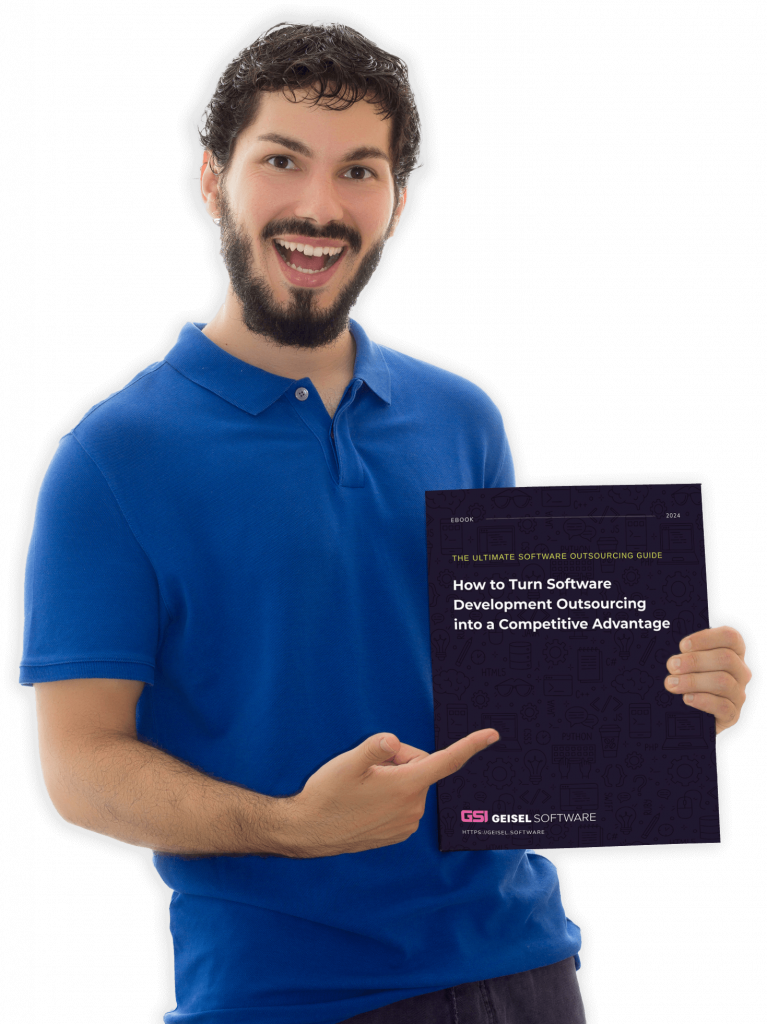NASA’s CADRE (Cooperative Autonomous Distributed Robotic Exploration) project is gearing up for an ambitious mission in Spring 2024: deploying a trio of rovers on the Moon’s surface. These rovers, each the size of a carry-on bag, are designed to cooperate with each other and explore the lunar terrain autonomously. One of the many challenges the project faces lies in ensuring a safe and precise deployment of these rovers from the base station to the Moon’s surface, considering the unique characteristics of the lunar environment, such as the difference in gravity from Earth, and lack of atmosphere.
Geisel Software, with its expertise in software development for mission-critical applications and swarming robotics, was chosen by NASA to join their CADRE team to develop the software for the rover deployment. Geisel’s engineering team developed a sophisticated software component that will allow ground control on Earth to command the release of the three rovers from the base station and their subsequent lowering to the lunar surface.
The rover deployment is designed to be done slowly, giving ground control time to send commands to the base station, monitor telemetry sent from the moon back to Earth, and make careful decisions in real time. One of the primary challenges that can’t be simulated on Earth is the Moon’s significantly reduced gravitational force, which is only 1/6th of Earth’s. This altered gravitational environment can impact the rovers’ descent and positioning. Additionally, the absence of an atmosphere on the Moon poses challenges in terms of thermal regulation, radiation protection, and dust mitigation. Given these factors, the deployment will be deliberately paced to ensure precision and safety throughout the operation.
Thanks to the precise and reliable deployment software developed by Geisel Software, CADRE is poised to achieve its goal of deploying and operating multiple rovers on the Moon autonomously. The successful integration of the deployment code into the CADRE codebase ensures that the rovers can be safely and accurately positioned on the lunar surface, paving the way for them to carry out their exploration missions.
After successfully completing the rover deployment software component, Geisel Software shifted its focus to helping the CADRE team develop an interface between ground control and the ground-penetrating radar (GPR), which is a hardware component on each of the three rovers. GPR will allow the study of subsurface geology, detect underground cavities, locate water ice deposits, and more, further enhancing the rovers’ exploration capabilities. The GPR on each rover can also take simultaneous measurements from multiple locations. This provides a more comprehensive view of the subsurface and can help in mapping larger areas of interest. With the addition of the ground-penetrating radar, these rovers will showcase the potential of multi-robot missions and set the stage for future lunar explorations.
Check out the video below for a simulated demonstration of the lunar rover deployment operation.
67 Millbrook St suite 520
Worcester
MA 01606
USA
Read our Privacy Policy.

Learn how strategic outsourcing can be the key to overcoming development challenges and achieving your project goals. Key takeaways: